PREVIEW: Mamma Andersson-After Hill
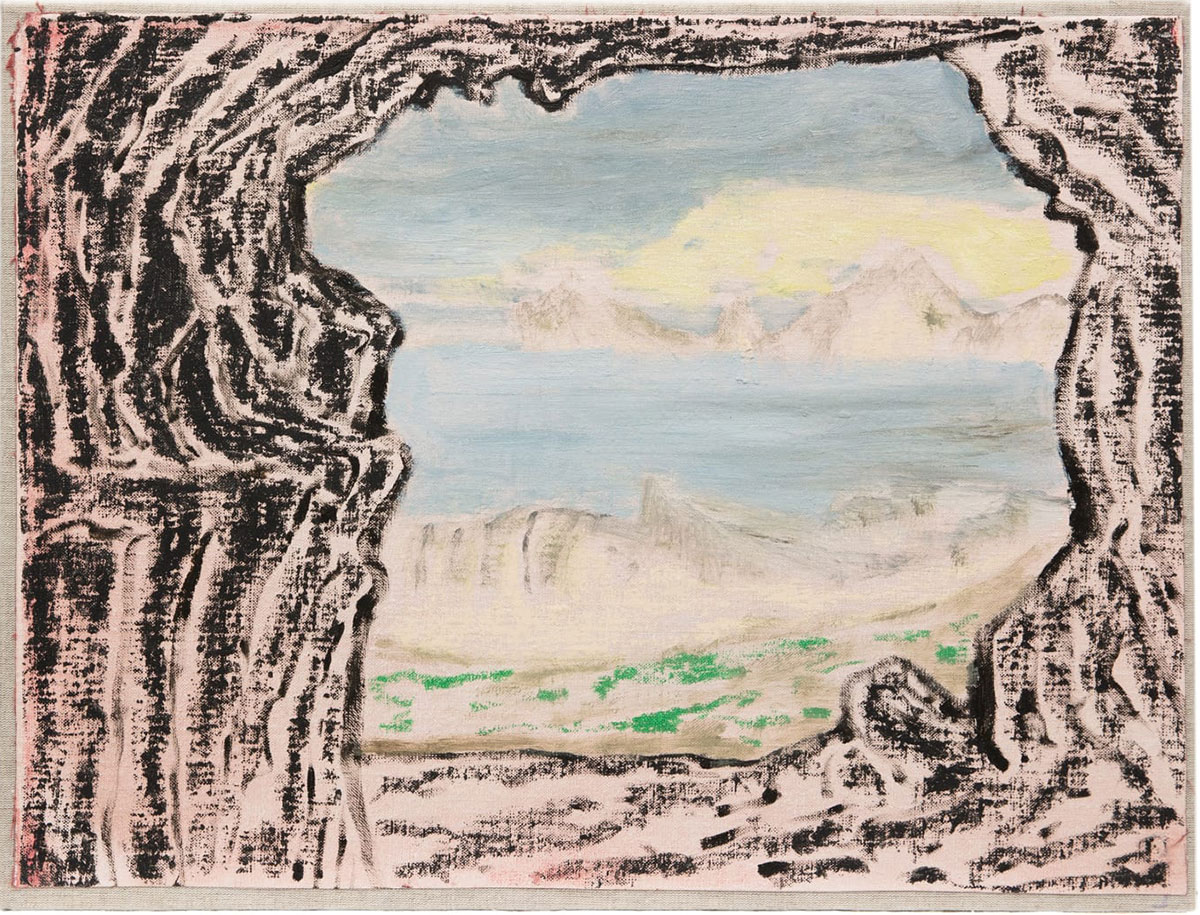 Mamma Andersson is one of Sweden’s most internationally recognized artists. Inspired by filmic imagery, theatre sets, and period interiors, Andersson‘s compositions are often dreamlike and expressive. While stylistic references include turn-of-the-century Nordic figurative painting, folk art, and local or contemporary vernacular, her evocative use of pictorial space and her juxtapositions of thick paint and textured washes is uniquely her own. Her subject matter revolves around evocative, melancholic landscapes and nondescript, private interiors.
Mamma Andersson is one of Sweden’s most internationally recognized artists. Inspired by filmic imagery, theatre sets, and period interiors, Andersson‘s compositions are often dreamlike and expressive. While stylistic references include turn-of-the-century Nordic figurative painting, folk art, and local or contemporary vernacular, her evocative use of pictorial space and her juxtapositions of thick paint and textured washes is uniquely her own. Her subject matter revolves around evocative, melancholic landscapes and nondescript, private interiors.
By Efi Michalarou
Photo: Galleri Magnus Karlsson Archive
While stylistic references include turn-of-the-century Nordic figurative painting, folk art, and local or contemporary vernacular, Mamma Andersson’s evocative use of pictorial space and her juxtapositions of thick paint and textured washes are uniquely her own, her solo exhibition “After Hill” is a continuation and conclusion of the exhibition tour “About Hill” that she did together with Tal R at the Kunsten Museum of Modern Art Aalborg, Denmark, Malmö Konstmuseum, Sweden and Museum MORE in Gorssel, the Netherlands. In “After Hill”, Mamma Andersson has made a curated selection of her paintings from the museum exhibition, which are presented together with new works. It is her first solo exhibition in Stockholm and Sweden since 2012. In the exhibition “About Hill” Mamma Andersson and Tal R took their starting point in the works of Swedish artist C.F. Hill (1849-1911). Hill’s artistry functioned as a catalyst for their works, and they were presented in dialogue with a large selection of his later drawings. In the exhibition catalogue’s interview between the artists and Stephanie Cristello, Mamma Andersson describes her relationship with Hill’s work. “Hill paints beautifully, though I am not so sure that was his intention. He had an incredibly large output during the period he was ill. I think he drew and painted very much like the way one breathes. I work more slowly and in bursts, marked by very intense periods followed by not working at all. I place myself in a state of a revolving door to my absolute inner self – a mixture of desire and shame, but mostly desire. You want to get into a state where you no longer think, but just follow and surprise yourself. I sometimes wish that my process was easier – that it was light as a feather, that I was not so anchored to narrative, that colour and shape could stand on its own. The beauty of Hill’s late drawings is that there is no control whatsoever. There is only the feeling of a condition that is articulated by an artist so precisely, so exactly, so sensitively, just fantastic”. In the new exhibition, Mamma Andersson’s paintings are lifted out of context and allowed to write their own story. Hill is still there as a conversational partner in the background, but we can approach Andersson’s personal, and in some cases self-revealing, imagery in depth. Mamma Andersson’s recent paintings are more stripped down and drastic than her earlier works. They are in the present but look back at history. In the images, sculptures, figurines, masks and objects reappear as central motifs, against more sparsely described interiors and landscapes. The paintings can be described as scenes, or still lifes, situated in a dreamlike but concrete reality.
Born Anna Karin Andersson, she drew and painted from an early age without any family members being interested in art. Andersson’s birthplace and childhood home of Luleå is in North Sweden, near the Polar circle. She studied at the Royal Institute of Art in Stockholm and her nickname Mamma (“Mother”) was added at that time to differentiate herself from another student with the same name. She was a mother during her time at art school and has two sons with artist Jockum Nordström. She started by painting landscapes because that was what she saw daily as she pushed her kids around in the pram. She worked as a guard at Moderna Museet in Stockholm and was influenced by work of Dick Bengtsson. To learn to paint she found she had to engross herself in others work and cites John-Erik Franzén, Enno Hallek and her “greatest teacher” Dick Bengtsson. She represented Sweden at the Venice Biennale in 2003 and in 2018 she curated an exhibition at the São Paulo Art Biennial in Brazil. Karin Mamma Andersson’s artworks have been exhibited in a number of galleries and museums around the world and are part of the collections at MoMa in New York, MoCA in Los Angeles, National Museum in Oslo and Moderna Museet in Stockholm, among others. In 2021 she also showed her work in the Humdrum Days exhibition at the Louisiana Museum of Modern Art in Denmark.
Photo: Mamma Andersson, Grottan / The Cave, 2022, Oil on canvas, 37,5×49 cm, © Mamma Andersson, Courtesy the artist and Galleri Magnus Karlsson
Info: Galleri Magnus Karlsson, Fredsgatan 12, Stockholm, Sweden, Duration: 16/3-20/4/2024, Days & Hours: Tue-Fri 12:00-17:00, Sat 12:00-16:00, www.gallerimagnuskarlsson.com/
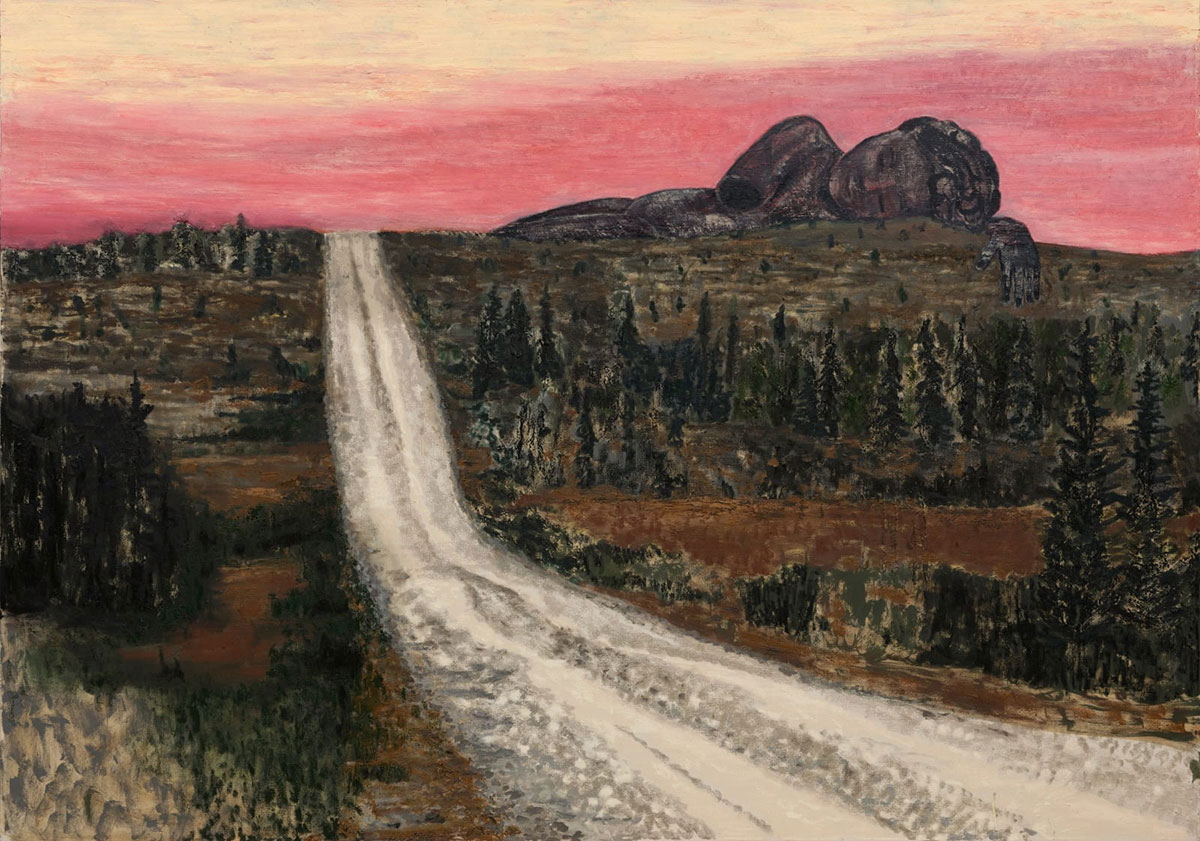

Right: Mamma Andersson, Astrologen I / The Astrologist I, 2022, Soft pastel on rice paper, 76×51 cm, © Mamma Andersson, Courtesy the artist and Galleri Magnus Karlsson
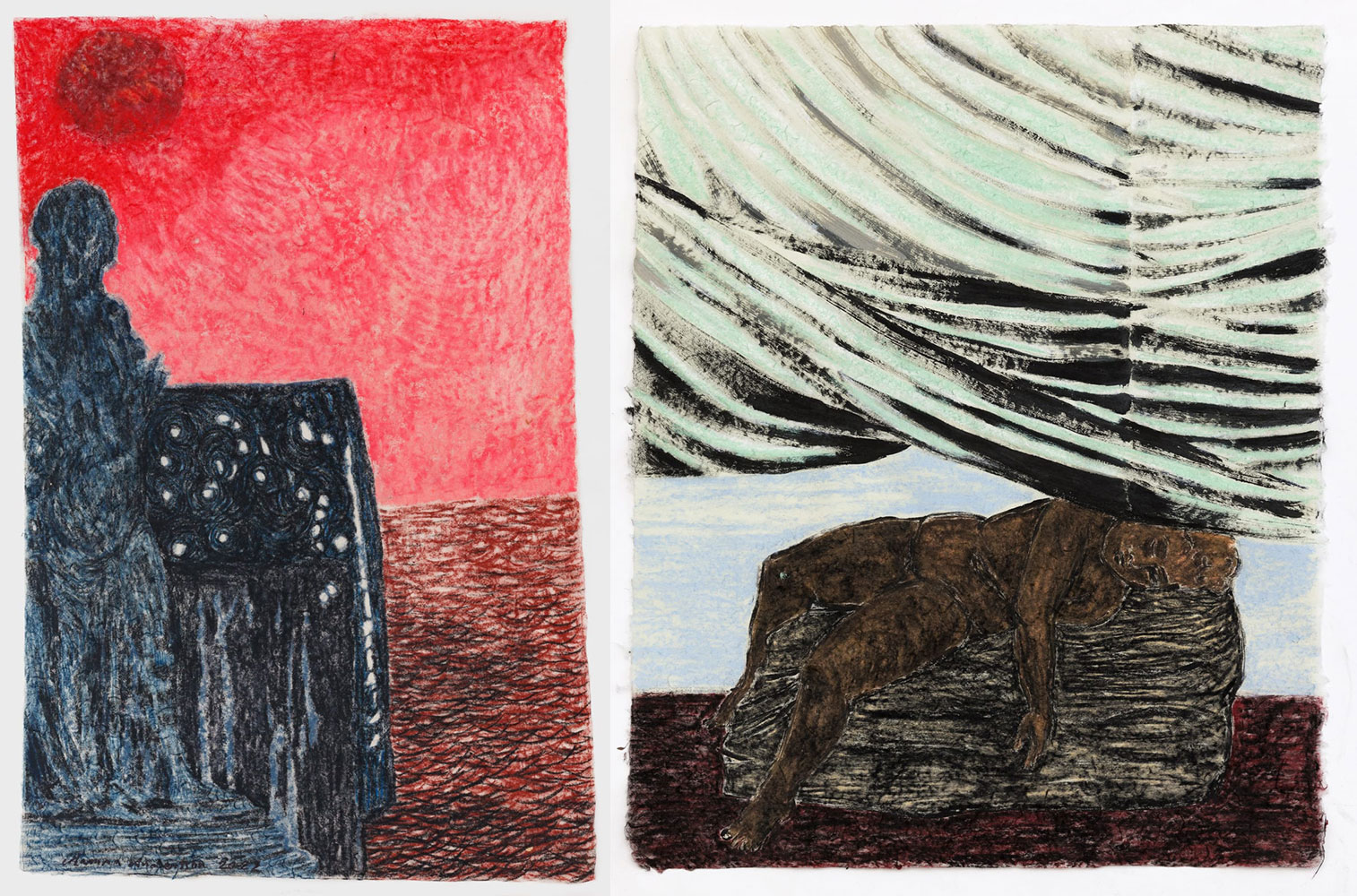
Right: Mamma Andersson, Drömmen / The Dream, 2022, Soft pastel and acrylic on rice paper, 52,5×43 cm, © Mamma Andersson, Courtesy the artist and Galleri Magnus Karlsson

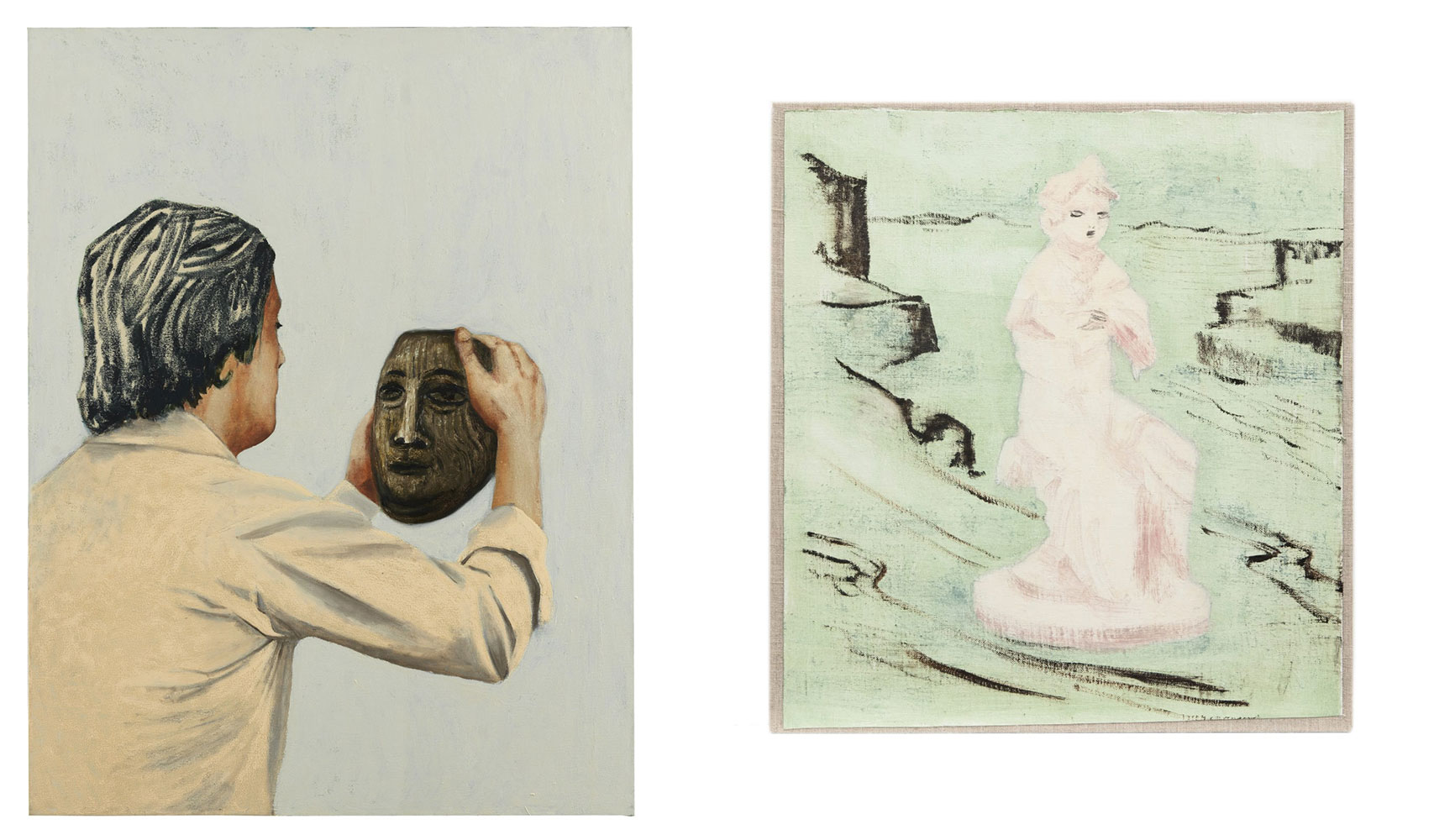
Right: Mamma Andersson, Floden / The Stream, 2022, Oil on canvas, 41×37,5 cm, © Mamma Andersson, Courtesy the artist and Galleri Magnus Karlsson
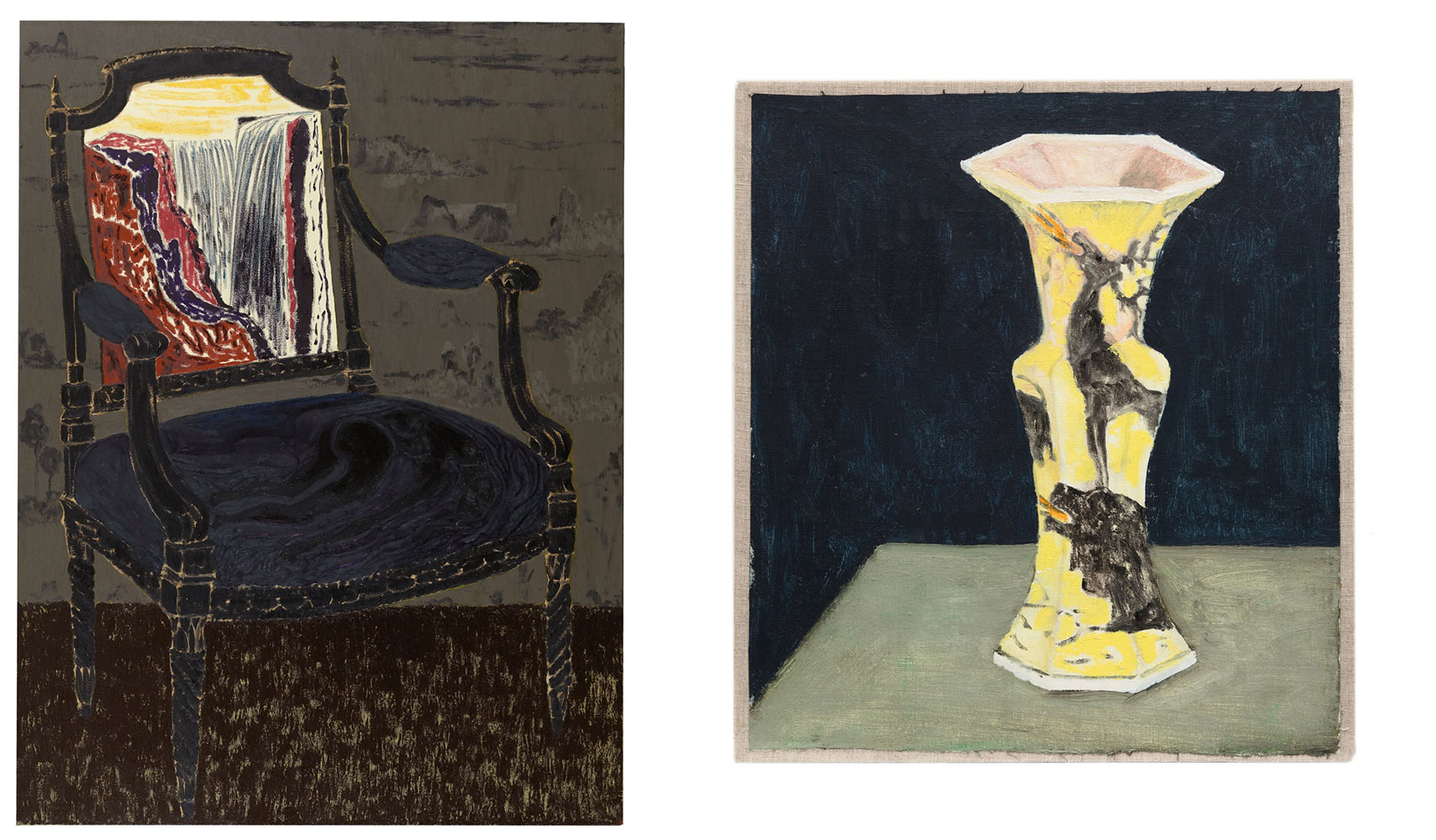
Right: Mamma Andersson, Vasen / The Vase, 2022, Oil on canvas, 41,5×37,5 cm, © Mamma Andersson, Courtesy the artist and Galleri Magnus Karlsson

Right: Mamma Andersson, Modern / The Mother, 2021, Oil and acrylic on canvas, 105×80 cm, © Mamma Andersson, Courtesy the artist and Galleri Magnus Karlsson
